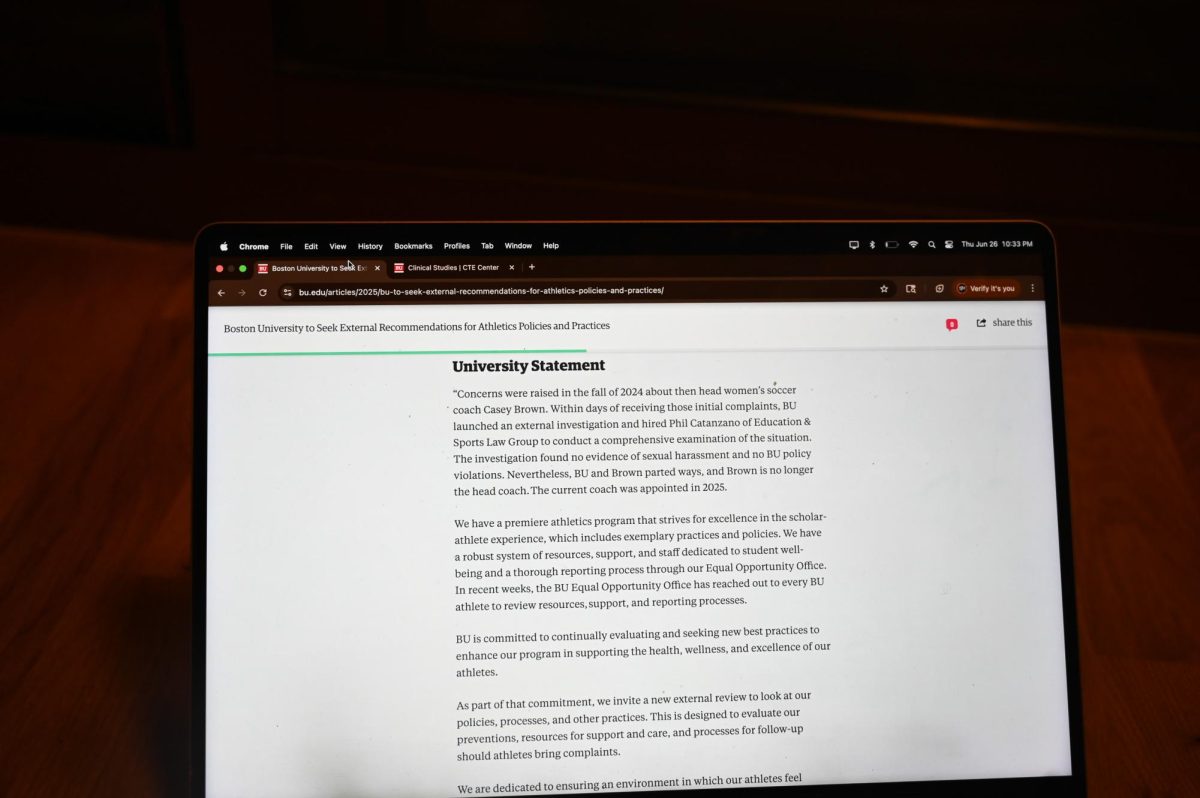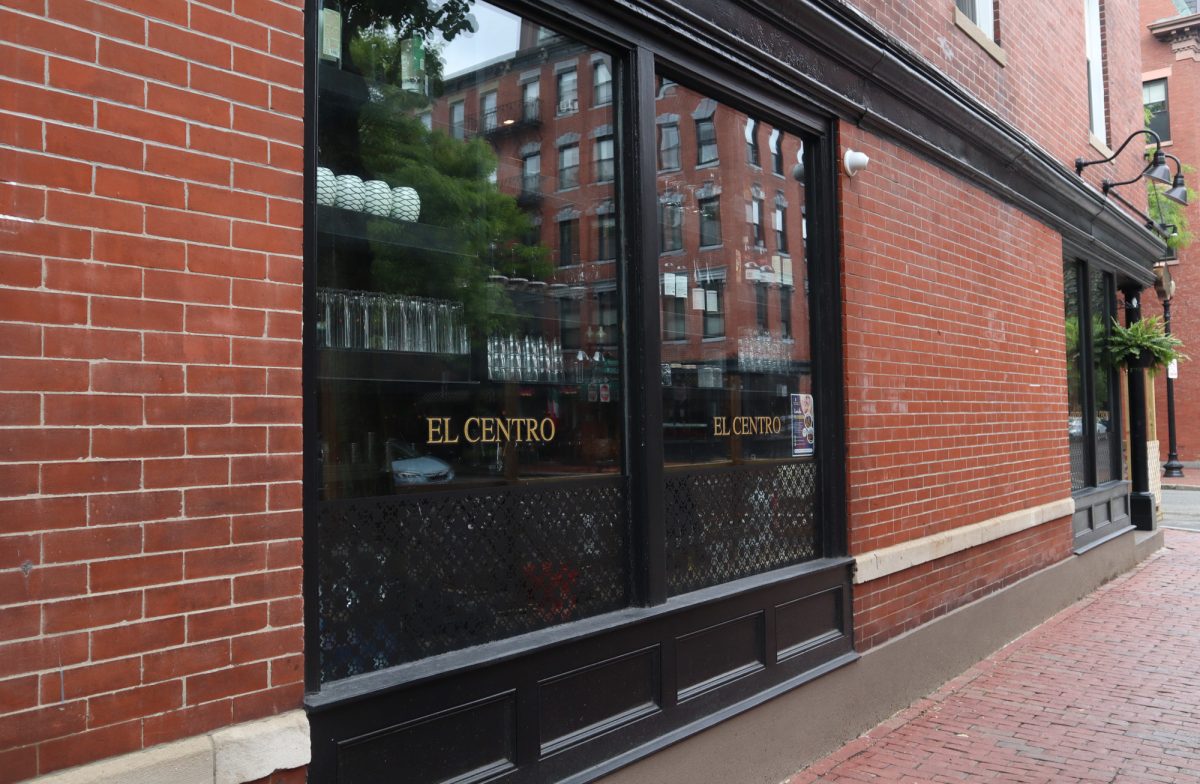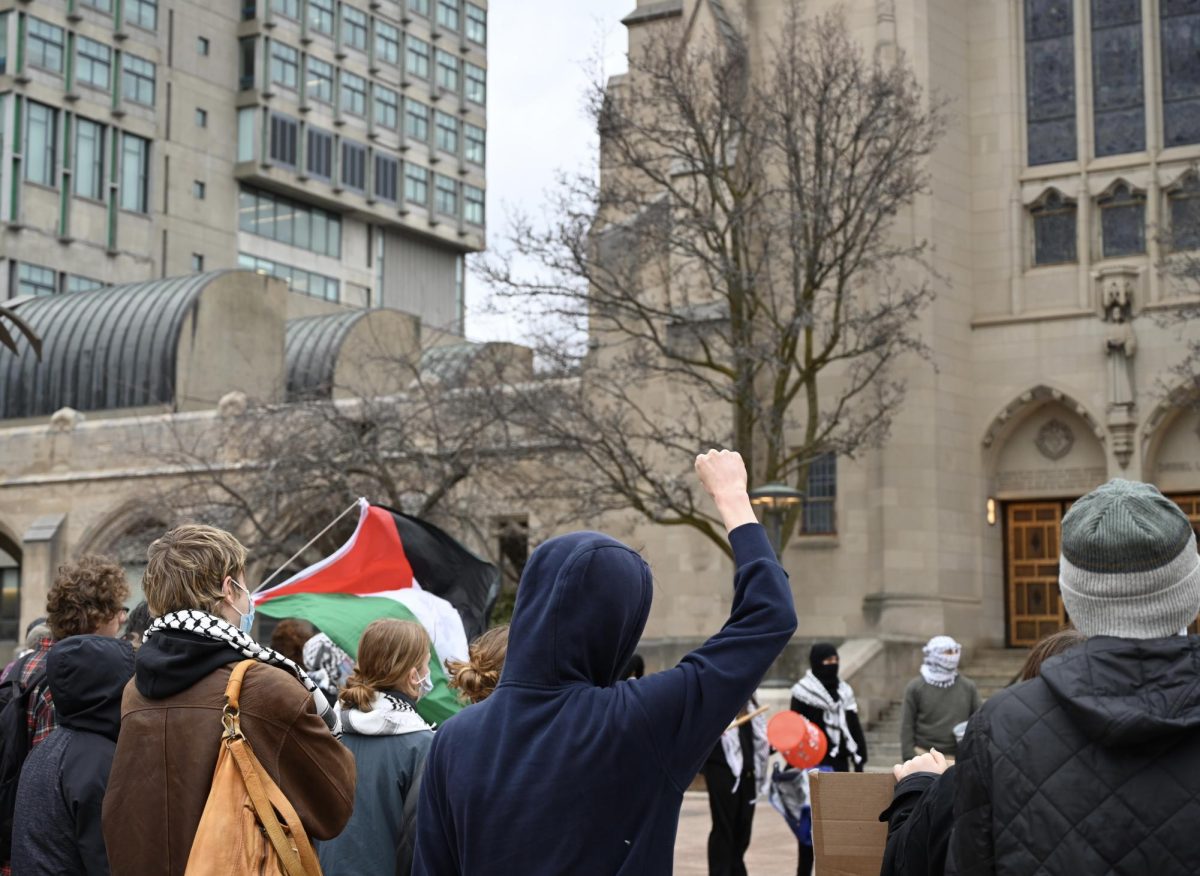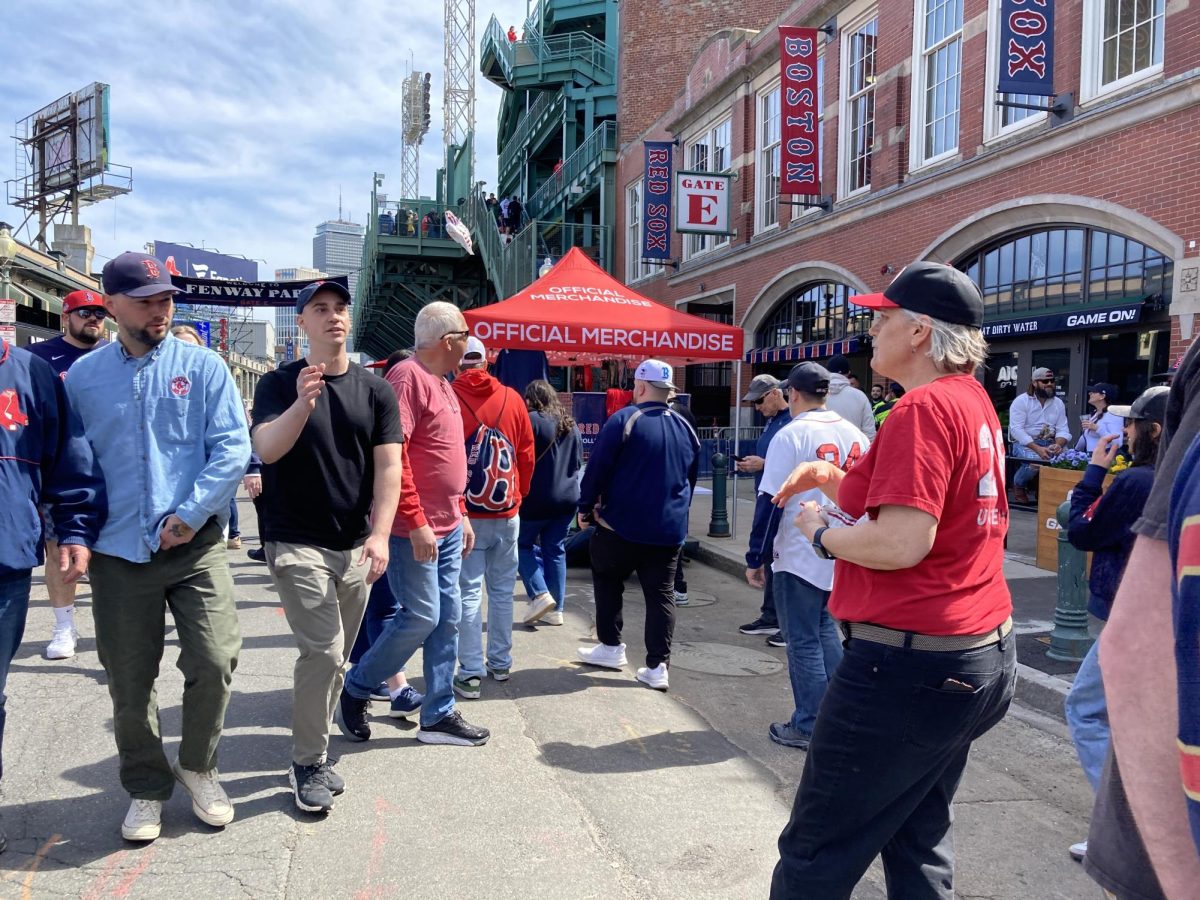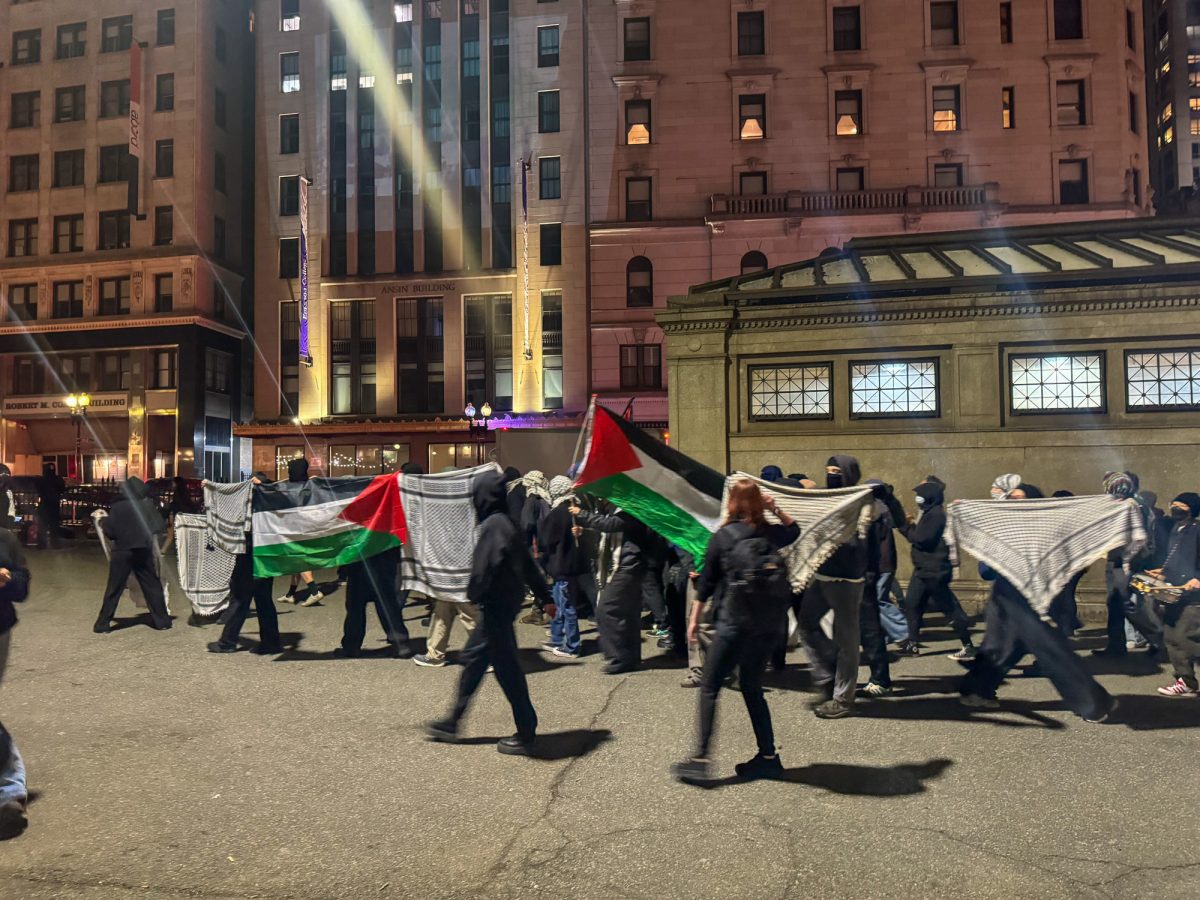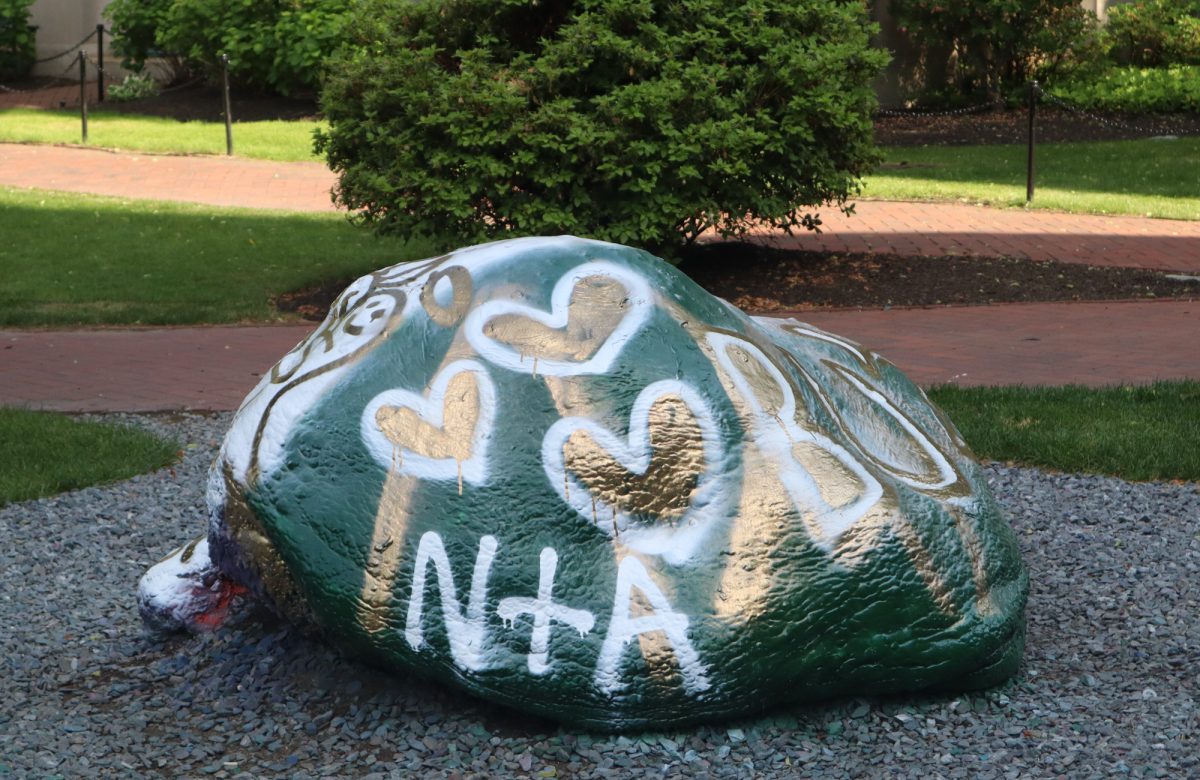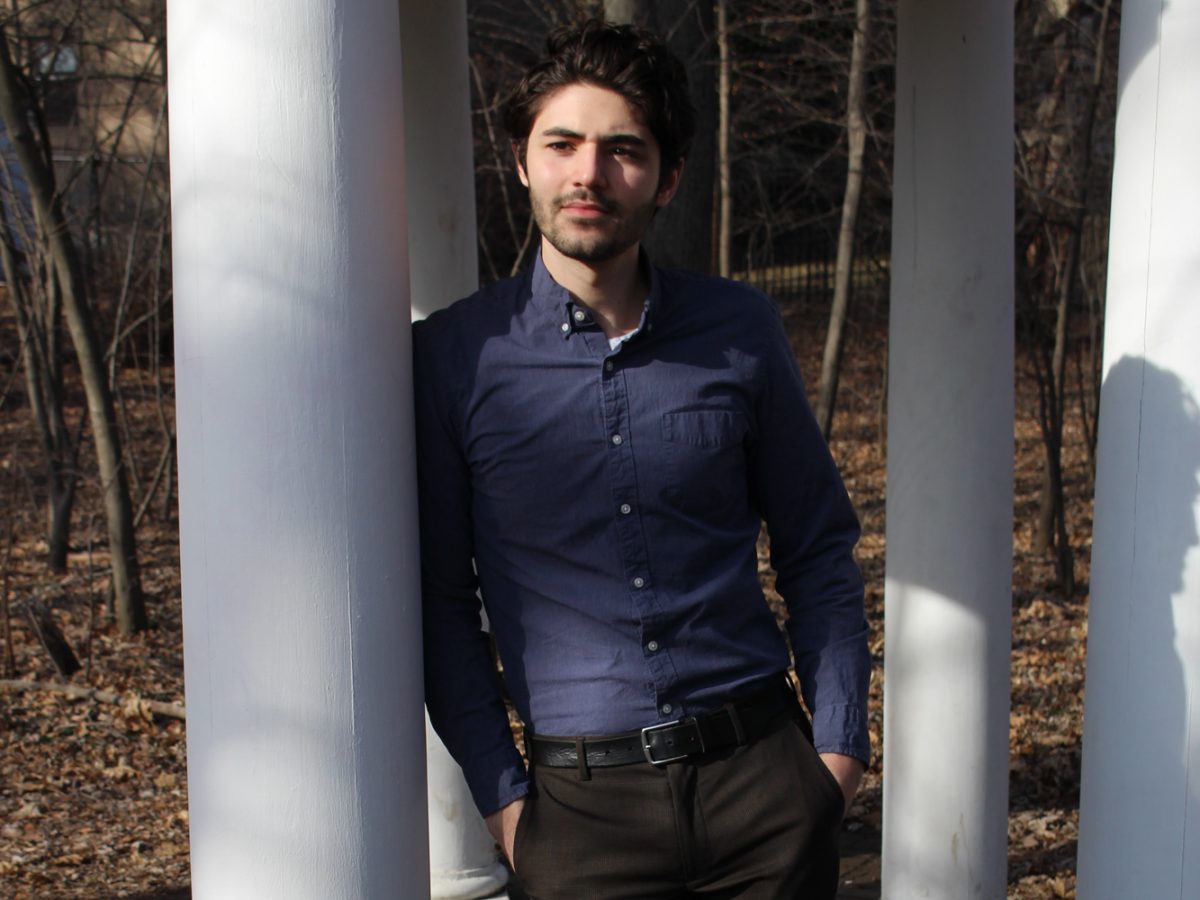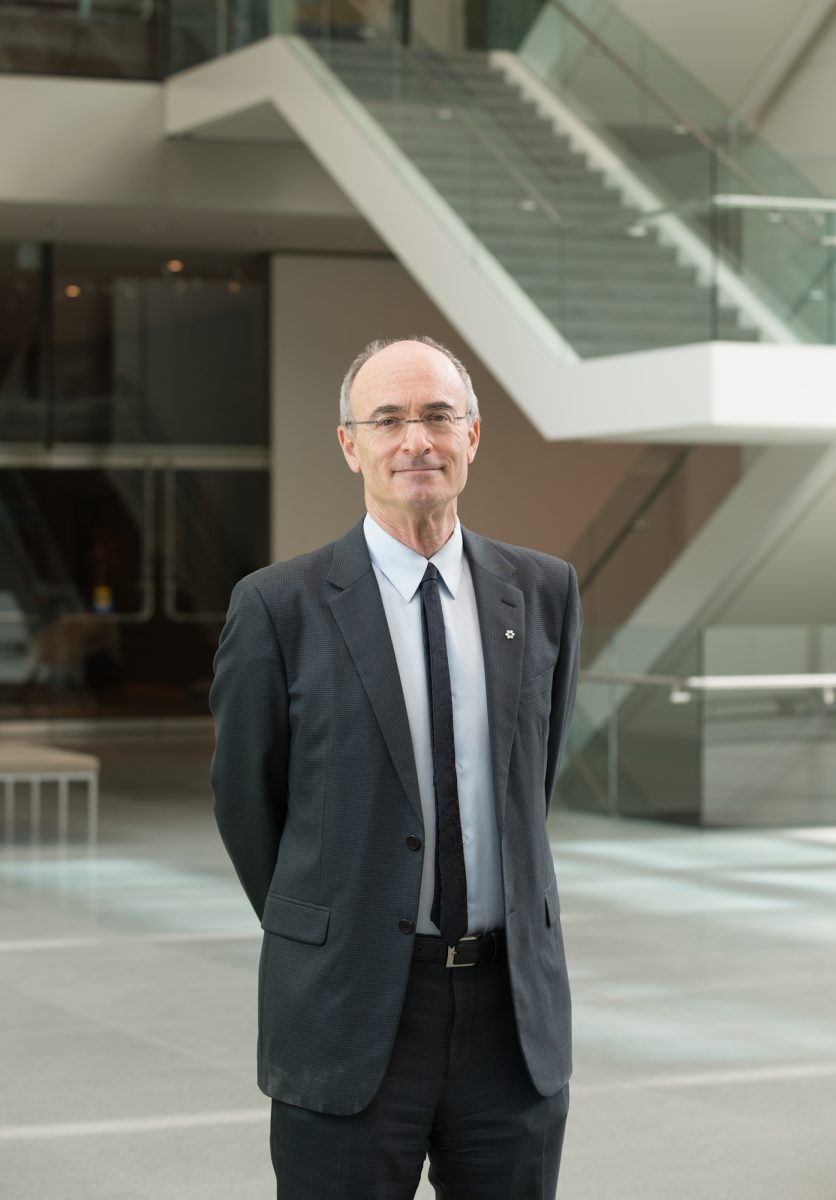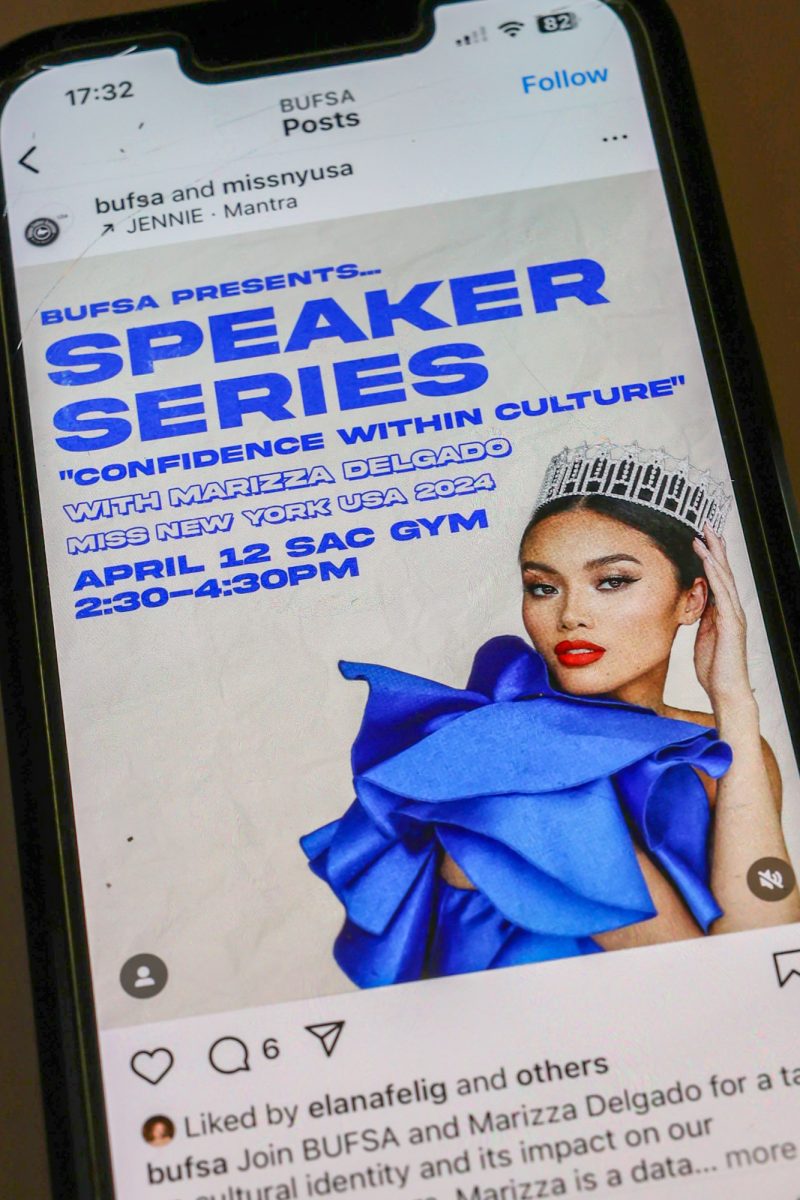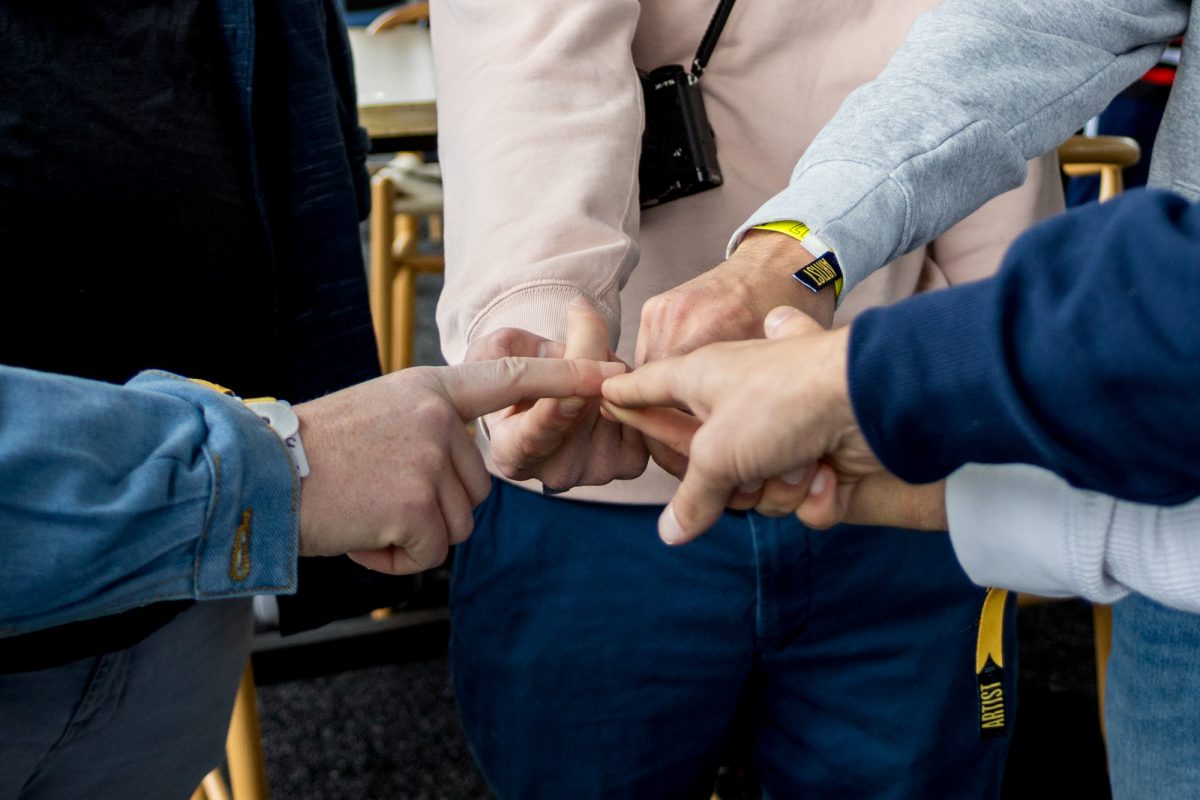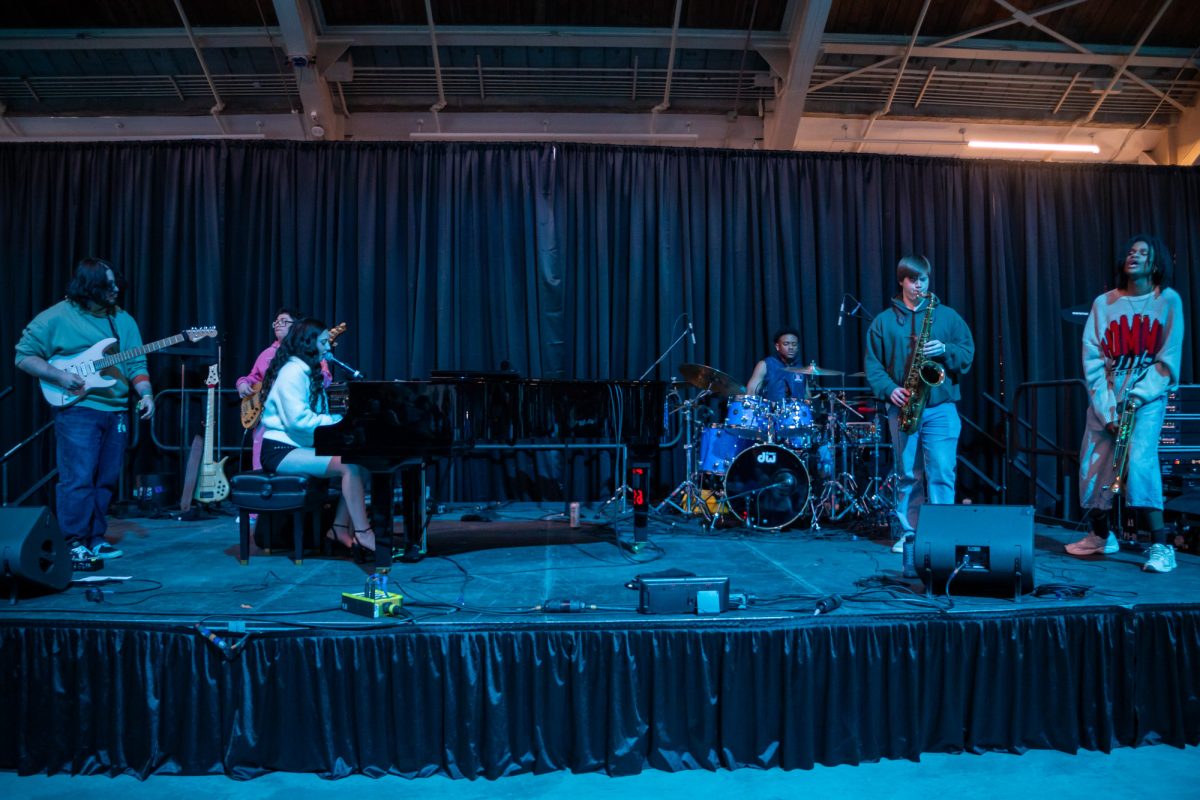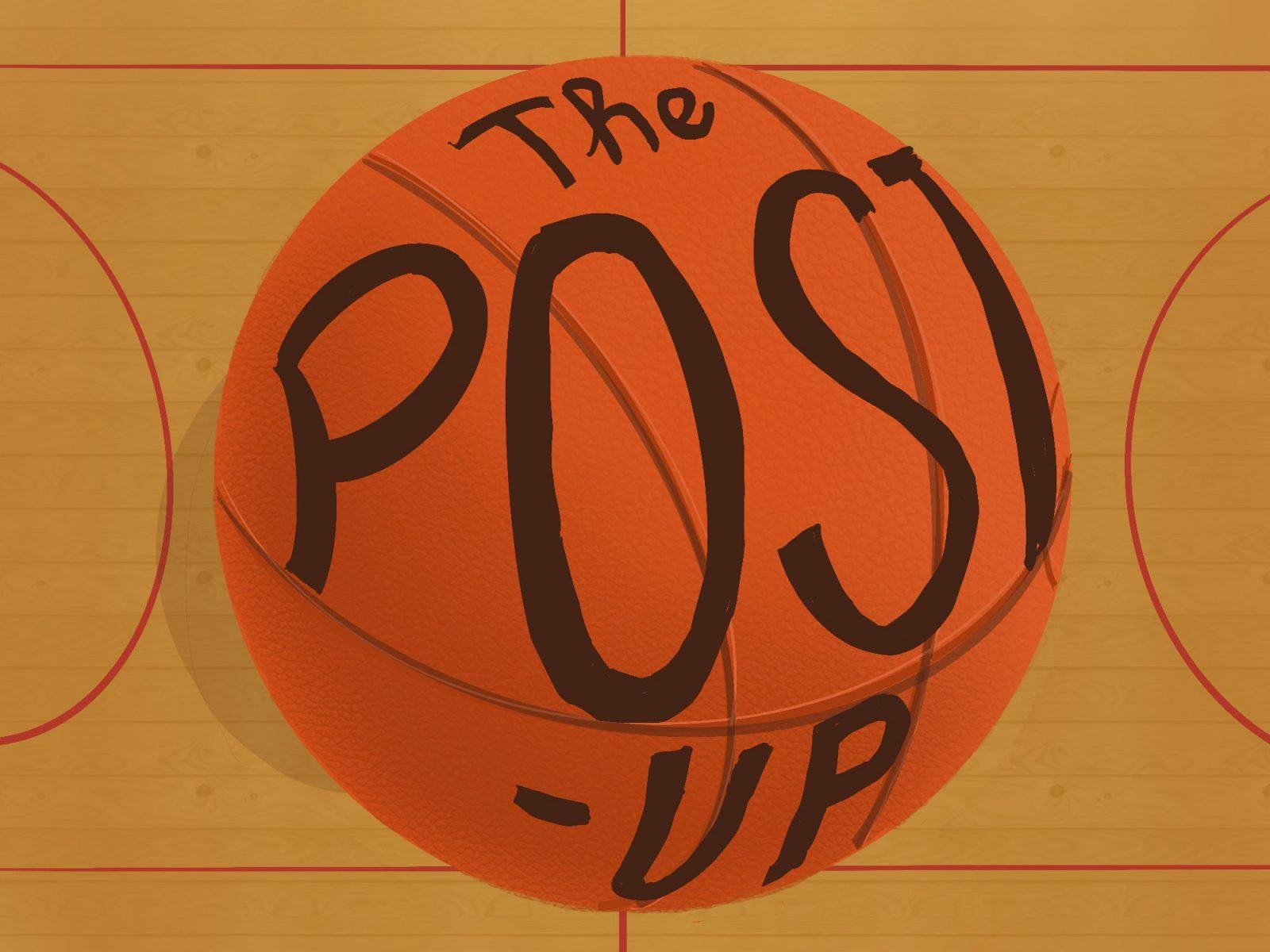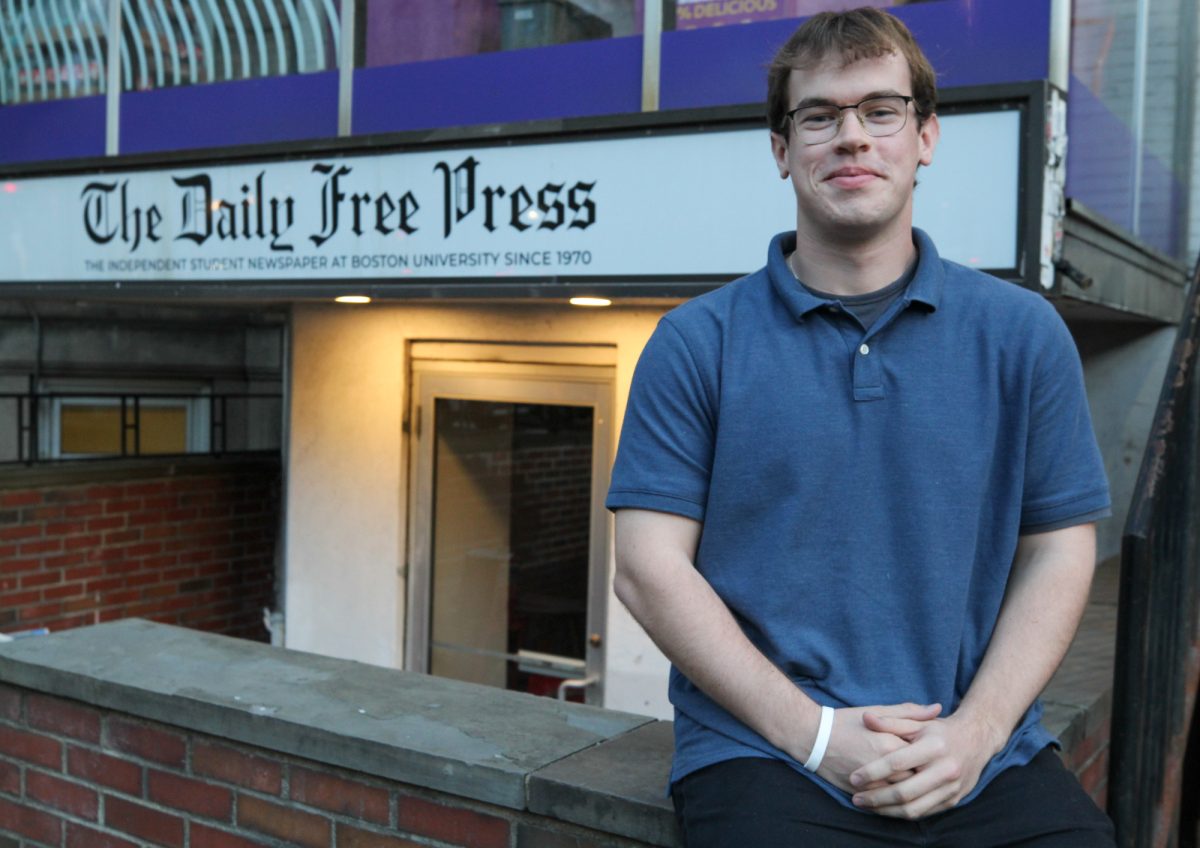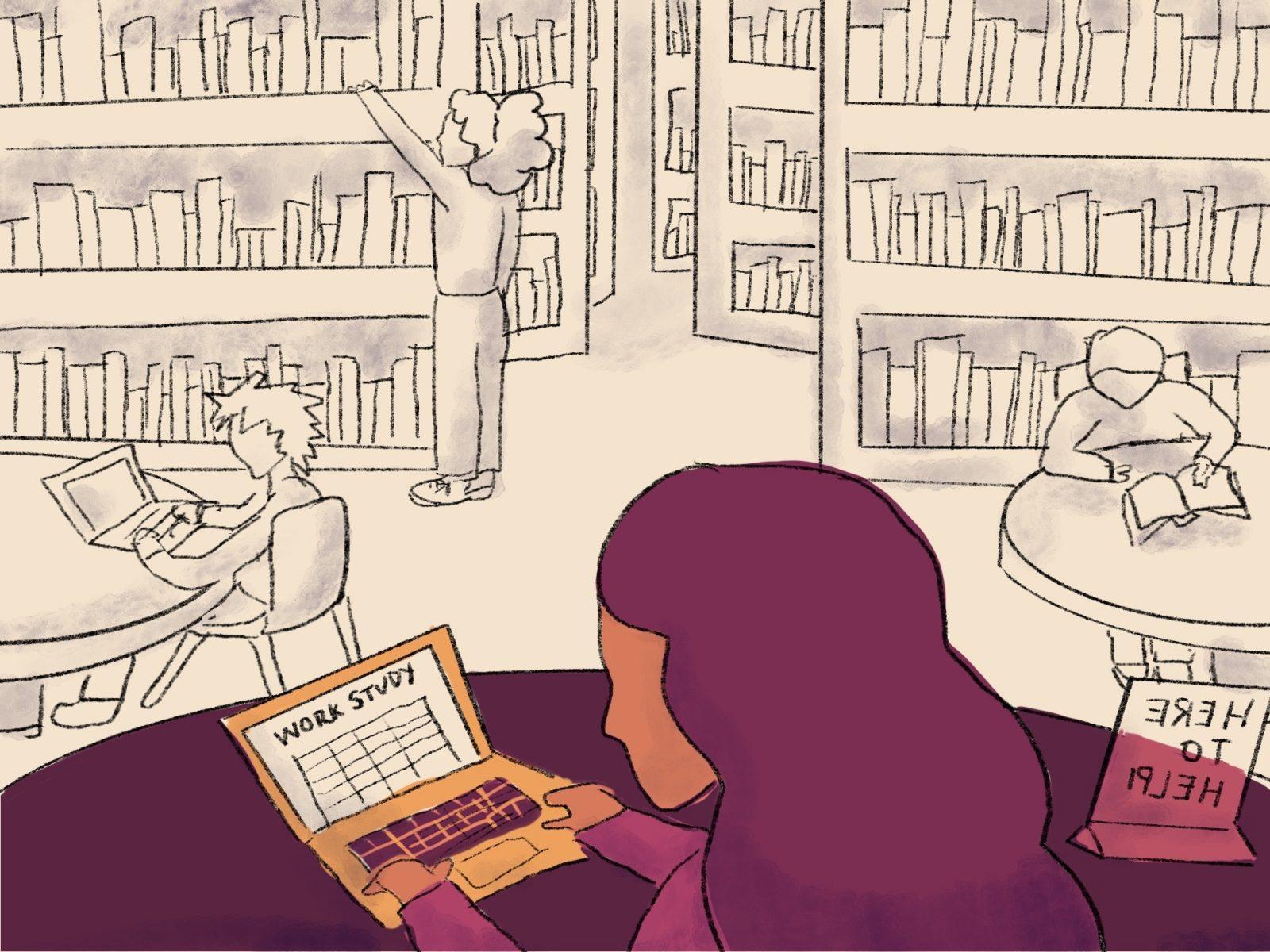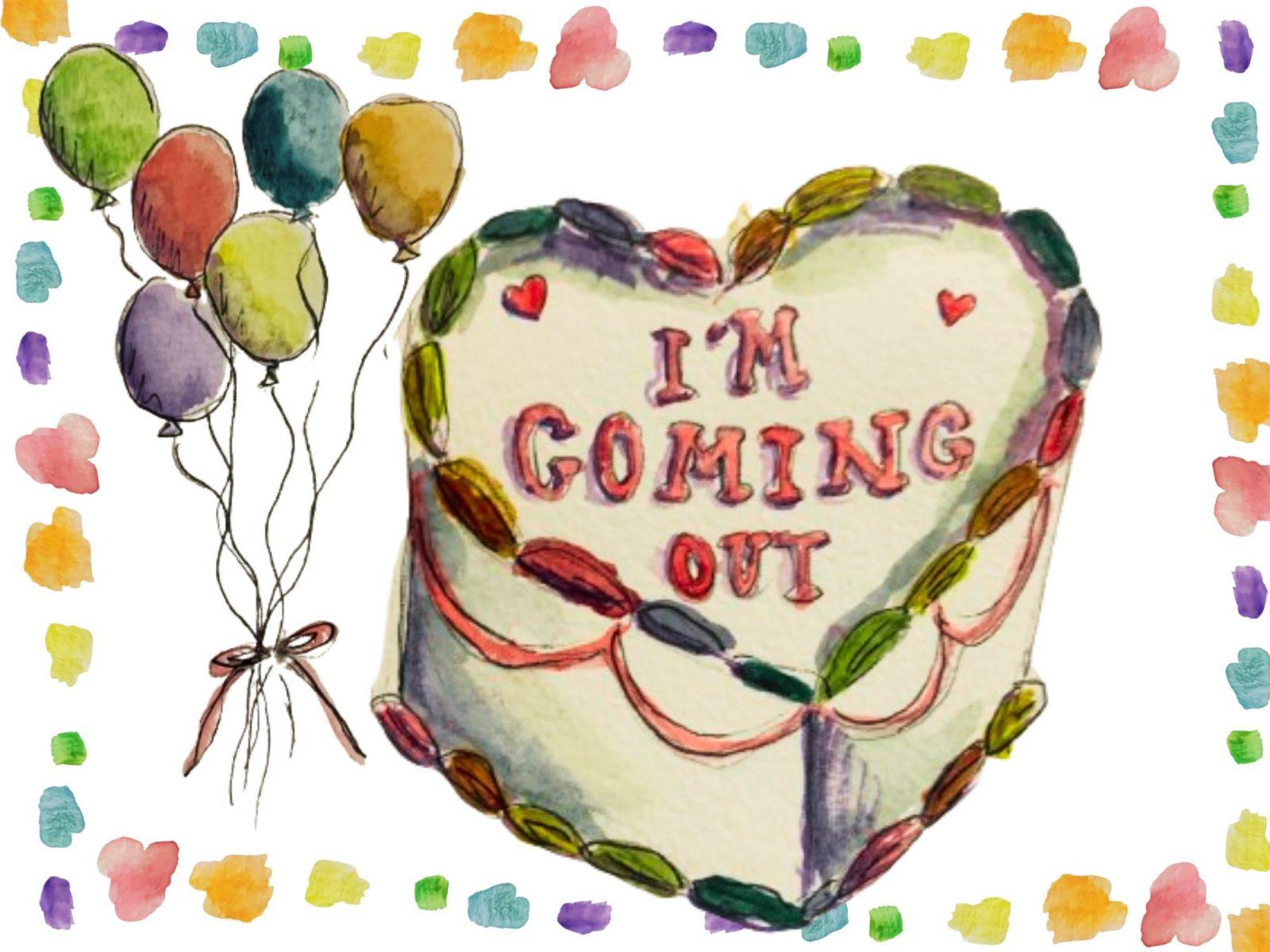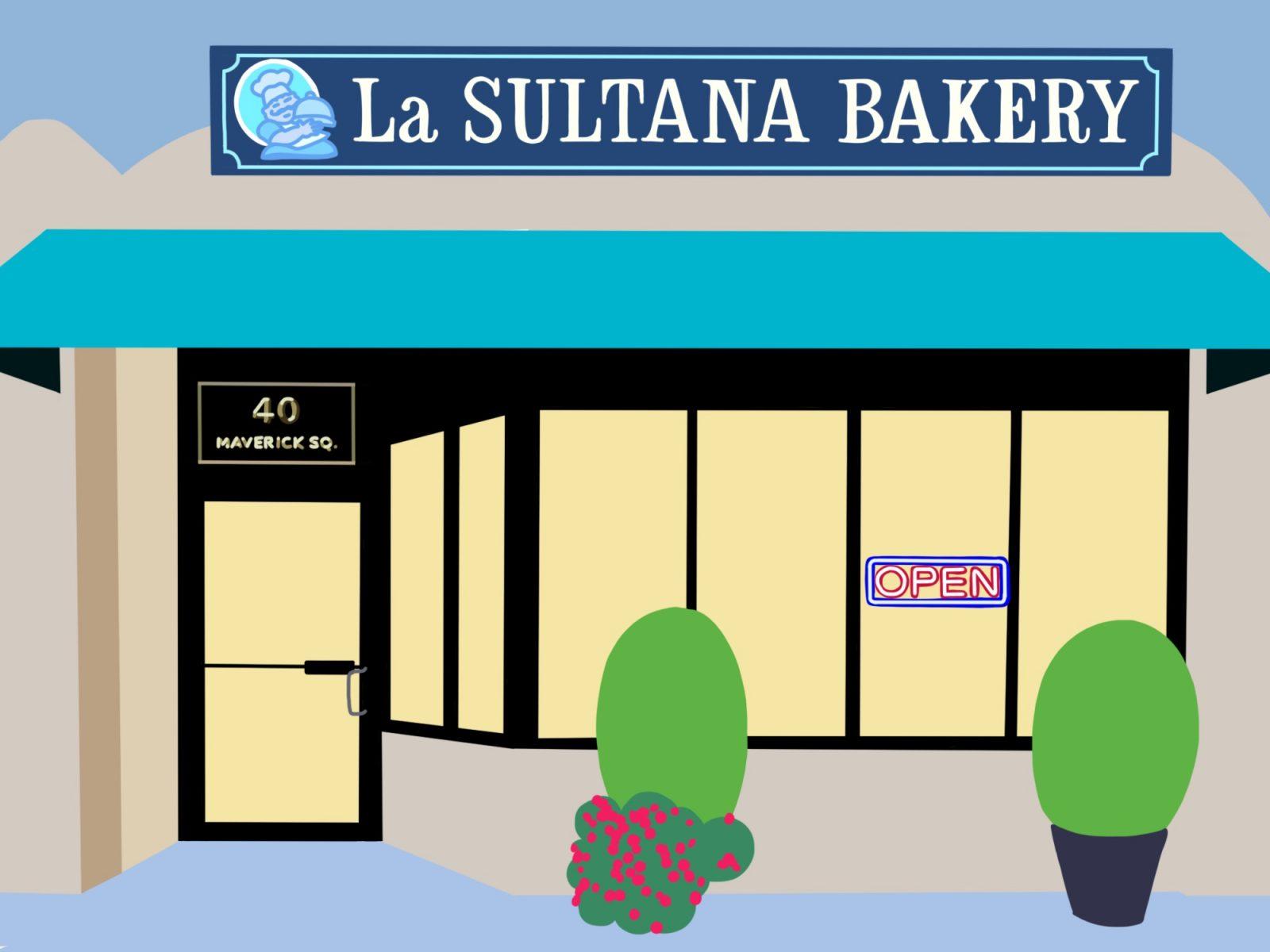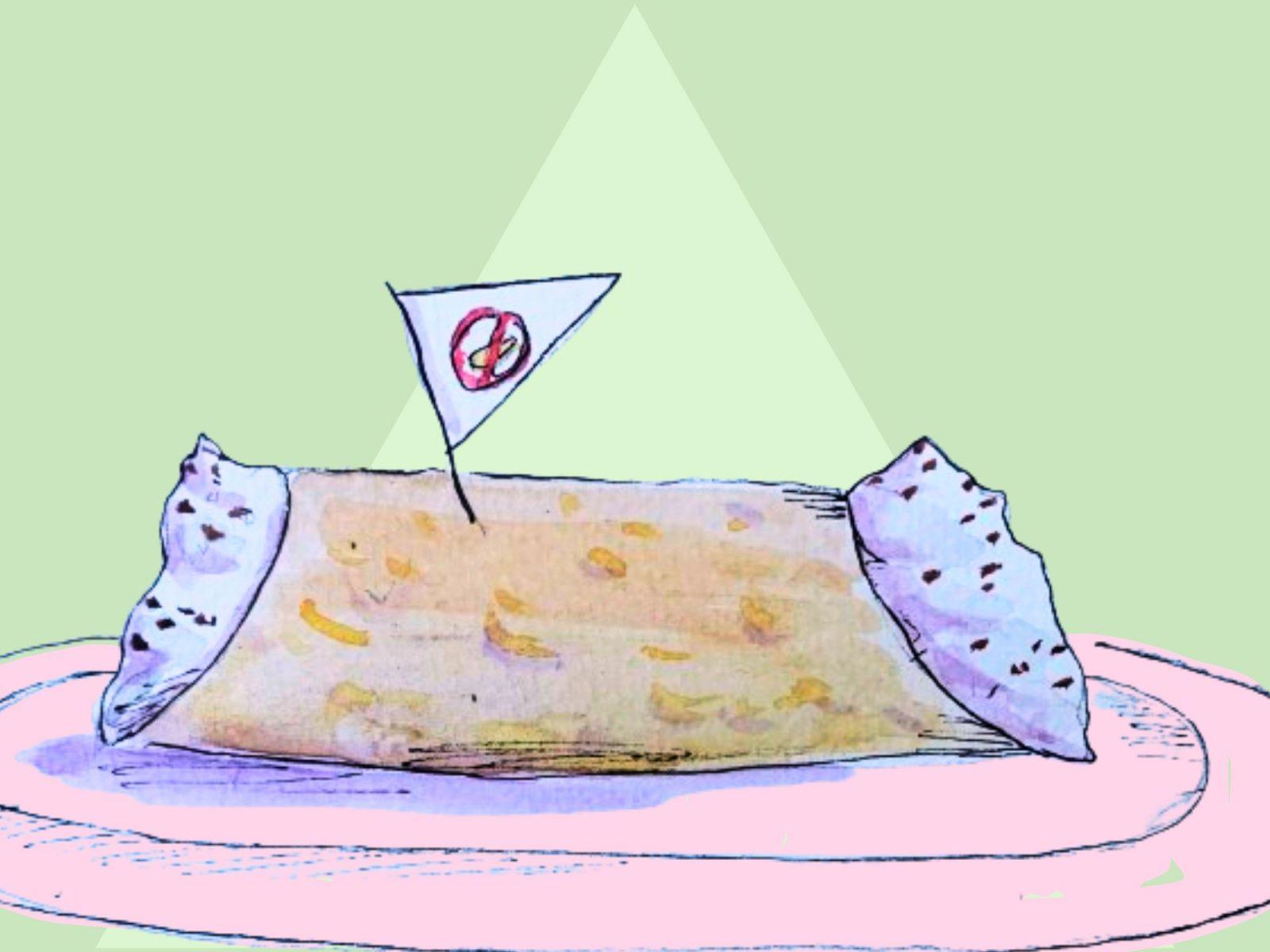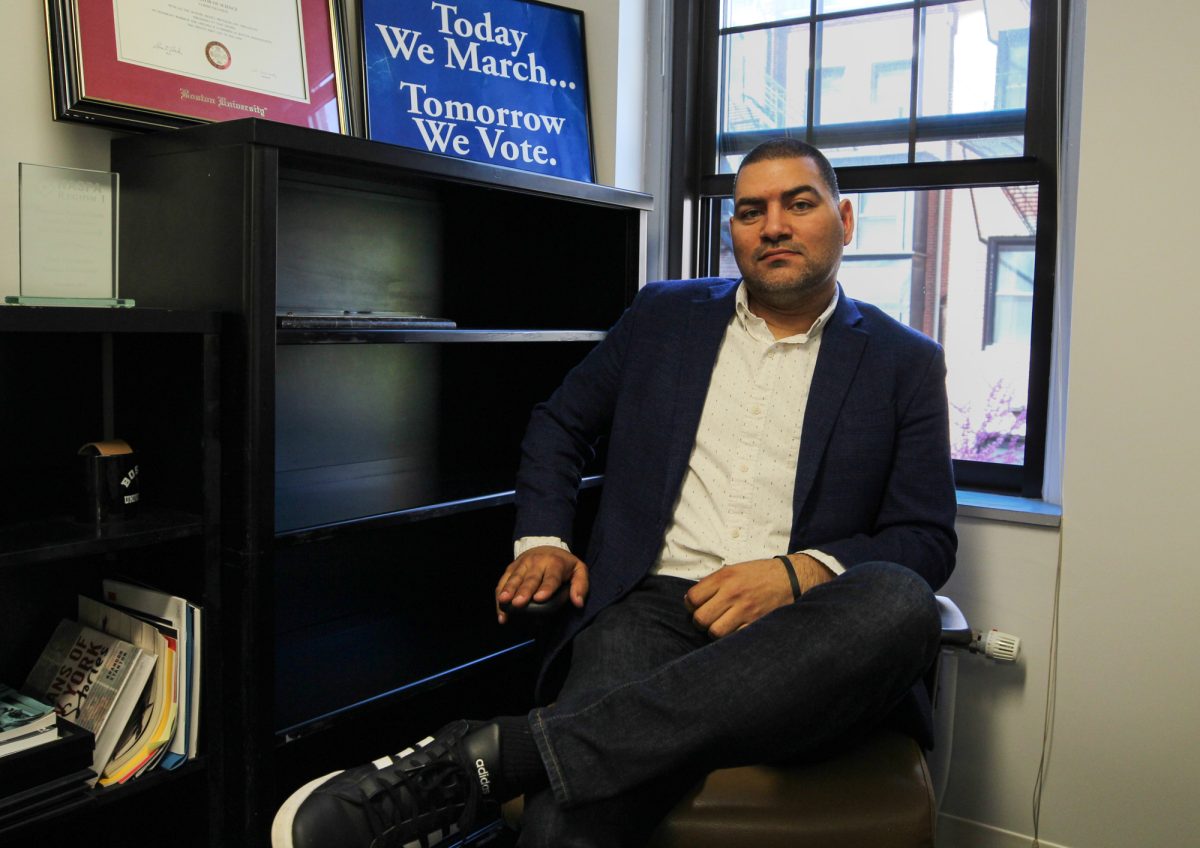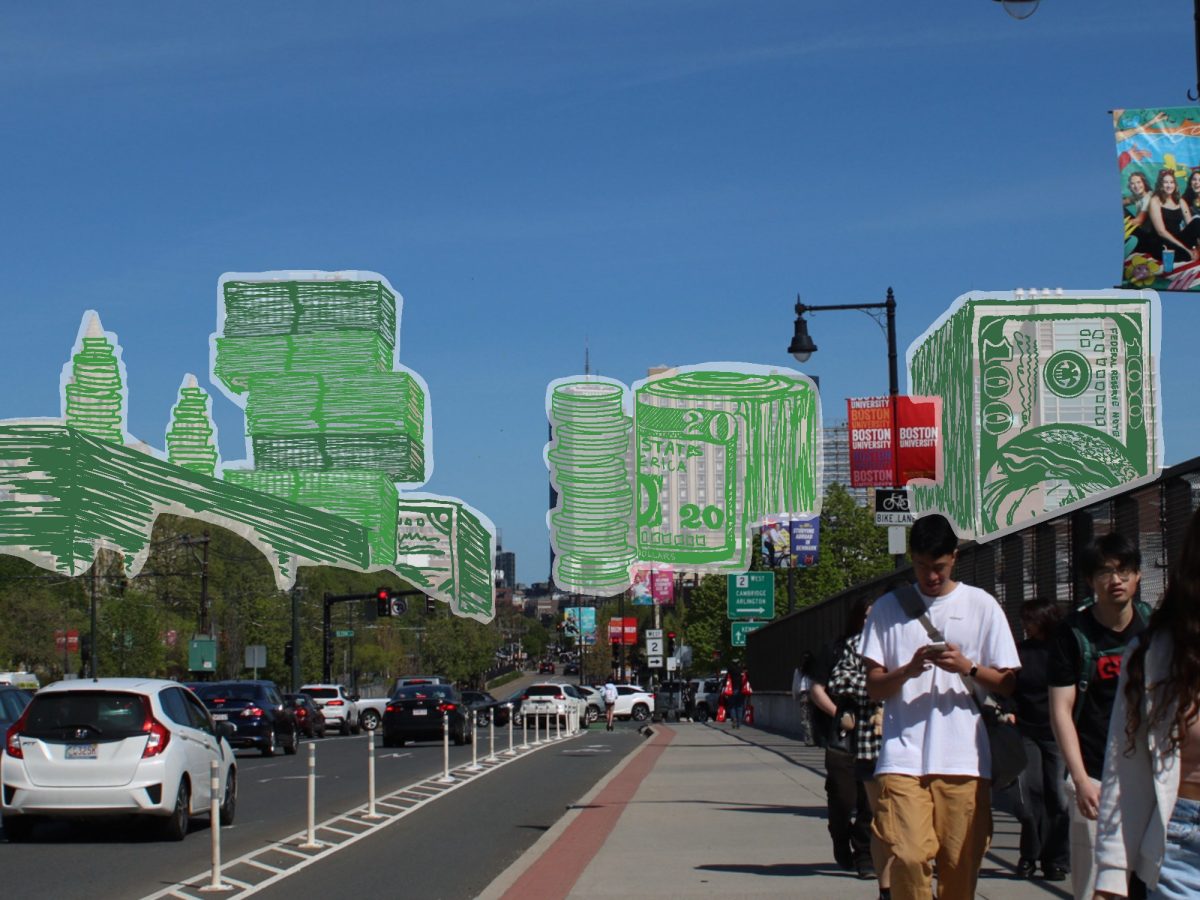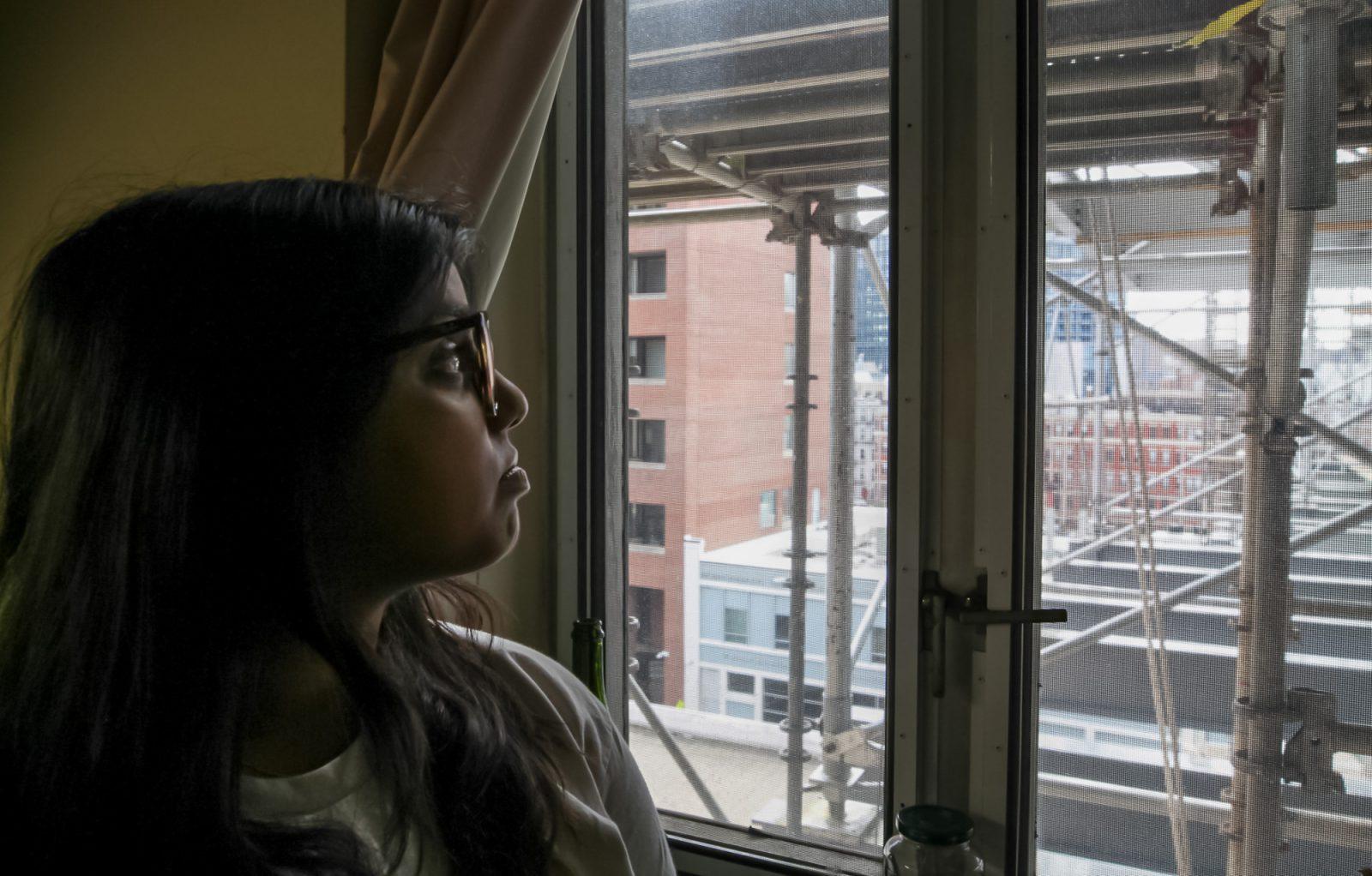Two visiting Tibetan monks, Geshe Gyatso and Lama Dondop, told the Boston University community yesterday they hope to help students realize the need for world peace in the week after the anniversary of the Sept. 11 tragedies.
The two are working in Marsh Plaza to create a sand mandala, which is a work of art that represents a simplified vision of a peaceful world. The word ‘mandala’ means ‘sacred circle’ and originates from the Buddhist and Hindu structure of the cosmos. The project began last Thursday and will continue for a week.
The creation of a sand mandala is a complex process consisting of the careful layering of brightly colored sands onto a flat surface. Gyatso and Dondop use very fine sand that was created from marble. A small amount of this colored sand is filtered through a tool called a ‘buk’ onto the surface, creating imagery that has caught the attention of many passing students.
Gyatso, who now works at a hospital in Chicago, was formerly associated with the Chaplain’s staff at BU and worked at a Boston hospital. He said he offered this gift to the University in the hopes it would help the country heal from the aftermath of last year’s terrorist attacks.
“[We give the mandala] as a way of remembering September 11th and visualizing peace and the power of Buddha to heal,” Gyatso said.
It was because of his particular interest in Buddha as a source of healing that Gyatso chose to create a specific type of mandala called Sangye Menlha, or “Healing Buddha,” according to religion Professor M. David Eckel.
Until Sept. 19, Gyatso and Dondop will continue to add to the mandala daily from 10 a.m. to 6 p.m., only pausing for prayer at 10 a.m. and 5:30 p.m.
Gyatso said he hopes the lesson of healing represented by the mandala will help “students want to become better people through supporting each other and learning more about their own faiths.”
When the creation is completed on Thursday, the monks will empty the mandala into the Charles River. Although this may be surprising to many who have admired the beauty of the artwork, the washing away is just as important as the construction, Eckel said.
According to Eckel, the inevitable destruction of Gyatso’s and Dondop’s offering represents impermanence, an important theme in Buddhism.
“Buddhists believe that if you can recognize the impermanence of the world, and accept it, you will lead a happier and more peaceful life,” Eckel said.
The structure represents the entire universe, and by wiping it away, the mandala “teaches us through action” about impermanence, Eckel said.
Eckel said another purpose for emptying the sand is to purify the water and environment.
On the other hand, some students said they were confused as to why the monks would spend so much time on something they knew would be gone in a week.
“I’m amazed to see the patience toward creating such a beautiful work of art, knowing that they will wash it away one week later,” said Cole Farnum, a College of Arts and Sciences freshman. “I have the utmost respect for them.”
Sara Upton, a freshman in the College of Communication, said she was equally impressed.
“Seeing the dedication to their work, you have to respect their cause and what they are trying to instill upon the student body,” Upton said. “It is really amazing.”
COM freshman Alex Peterson said, “I’m interested to see what they are going to do until Thursday — it’s already so elaborate.”

